I have decided to share with you some gardening ideas from the past that you can perhaps use with children. Children are naturally drawn to plants and gardens. Maria Montessori said, “There must be provision for the child to have contact with nature, to understand and appreciate the order, the harmony and the beauty in nature… so that the child may better understand and participate in the marvelous things which civilization creates.”
Continue reading “Gardening Lessons for Children”Category: Botany

Parts of a Flower
We started to look at flowers last week.
The children can choose to make a Parts of the Flower booklet. There are a variety of flower work choices on the Botany shelf, which I like to provide options. We also planted some of the sunflower seeds that the children harvested from the sunflower head in the fall. Our discussion centered around Botany 26 Lesson on our lap card. This is found in Week 27 Day 2.
Continue reading “Parts of a Flower”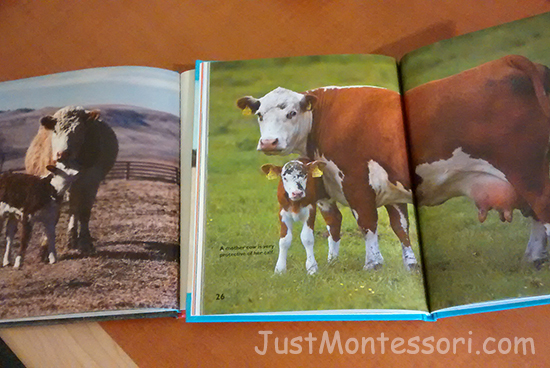
Dairy Group
Recently we read about dairy foods.
We have been learning about nutrition. We have learned about fruits and vegetables. We also know that it is important to eat foods from the four food groups to grow healthy. We can’t eat only vegetables. Today we will start to talk about the dairy food group. It is also called the milk group. The foods that belong in the dairy food group are foods that are made from milk. Where does milk come from? A cow.
Continue reading “Dairy Group”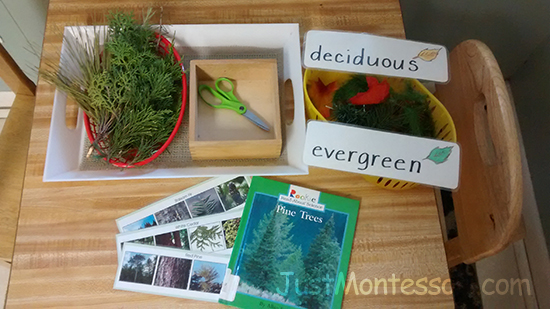
Trees
This is a good time of the year to begin talking about deciduous and evergreen trees. With the colors of fall beginning to fade and the leaves falling off the trees, the evergreen trees stand out. A review on the parts of a tree and why leaves change color can start off the lessons leading up to those trees that are still green.
Continue reading “Trees”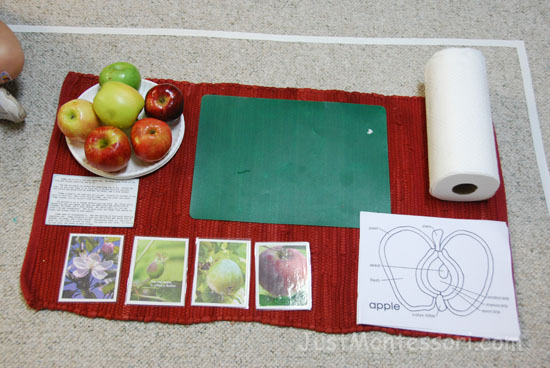
Apple Fun
September is a great time to have fun with apples. Previous post highlighted some activities and lesson ideas to use with apples. Some may be repeated and others may be new on this post. I especially enjoy bringing a variety of apples into the classroom for the children to taste. During this month I like to include lessons on the five senses, and highlight the lesson on taste, a day before our apple tasting activity.
Continue reading “Apple Fun”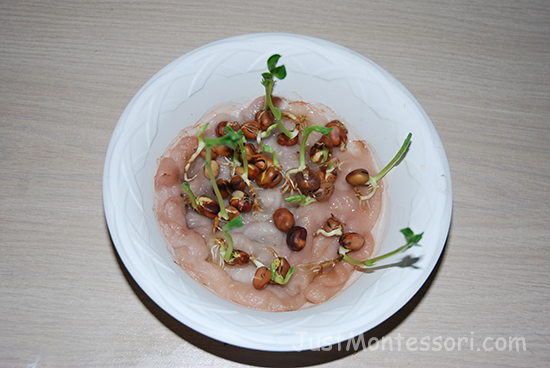
Preparing for Seed Lesson
It isn’t too early to start preparing for an upcoming lesson on seeds. I usually introduce a Botany lesson on seeds about the third week of school, depending on how the first few weeks have been going. Prior to a discussion on seeds, a simple lesson on the parts of a plant are given. Then the various parts of a plant are talked about separately over the following three or four weeks.
Continue reading “Preparing for Seed Lesson”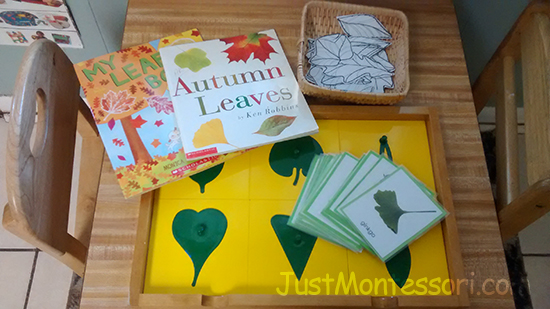
Autumn – Talking about Leaves with the Botany Cabinet
Fall foliage is peaking in some parts of the world around mid October. In Week 8 Day 2 of my Cultural curriculum we talk about plants and leaves, and kinds of leaves. There are a variety of activities one can do while learning about deciduous trees this time of the year. This is a good time to present the Botany Cabinet to the children and discuss why leaves change colors. Children often like to bring in a leaf they found and try to match it to one of the leaf shapes found in the Botany Cabinet.
Continue reading “Autumn – Talking about Leaves with the Botany Cabinet”
Pumpkin Fun
I always enjoy the those great quotes by Anne Shirley from the book Anne of Green Gables. One of them is, “I am so glad I live in a world where there are Octobers.” October is often a time filled with pumpkins throughout the classroom. I am going to share some ideas on pumpkins and a little more on the season of Fall.
Continue reading “Pumpkin Fun”
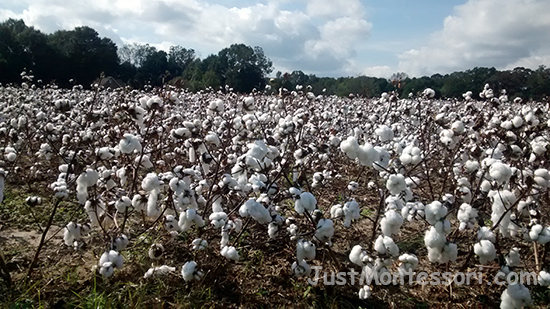
Cotton Plant in Week 20 Day 3
In parts of the southern states it is time to harvest the fields of cotton. If you are going to be talking about harvest time, including the cotton plant can be fun. I often include this plant when we discuss ‘things we get from plants’ at a later time during the school year, but be sure to include it sometime during the year if you can. Children are amazed when they learn that some of their clothes are made from the cotton plant! Continue reading “Cotton Plant in Week 20 Day 3”

